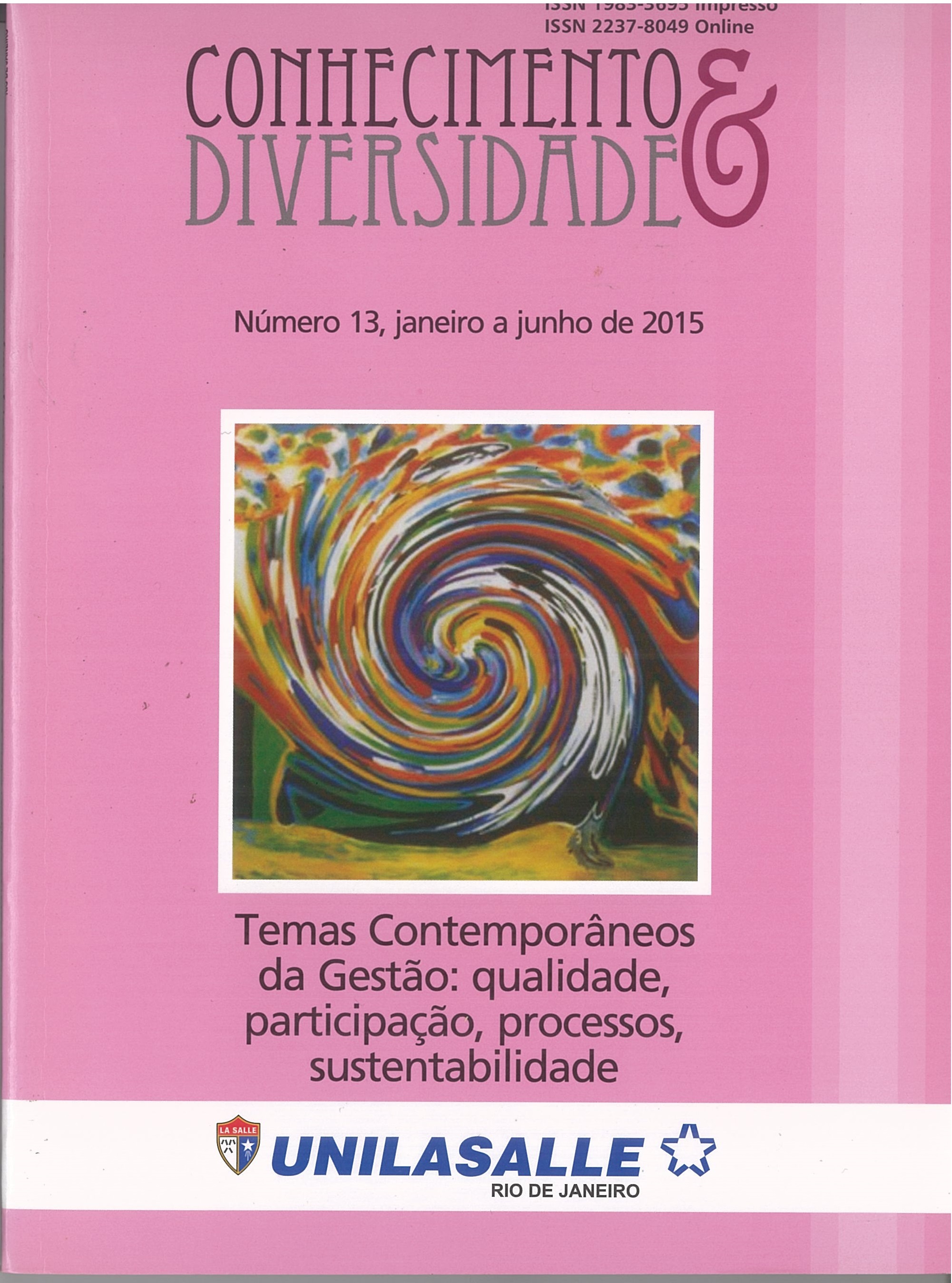Benefícios da tecnologia interativa 3D como ferramenta para auxiliar o ensino
DOI:
https://doi.org/10.18316/1397Keywords:
Ferramentas Educacionais, Interação, Computação GráficaAbstract
Benefits of the 3D interactive technology as a tool to assist learning
Em razão do grande avanço tecnológico nas últimas décadas é possível notar um hiato entre as ferramentas de ensino e a tecnologia disponível, onde, de um maneira geral, as ferramentas de ensino são usadas como meros substitutos dos livros didáticos. A partir deste contexto, este artigo percorre obras de diversos pesquisadores das áreas de Educação, Epistemologia e Psicologia, que apontam um caminho para a construção de aplicações educacionais que de fato se adéquem à nossa sociedade e às necessidades educacionais do século XXI. Assumindo que a interação é um conceito chave no processo de ensino e aprendizagem, este trabalho apresenta os benefícios da tecnologia interativa 3D na construção de ferramentas educacionais que devem funcionar como mediadoras entre o conhecimento e o estudante.
Palavras-chave: Ferramentas educacionais. Interação. Computação gráfica.
Abstract
Due to many technological advances in the last decades it is possible to notice a gap between the educational softwares and the technology available, once the teaching tools are, in most cases, mere replacements for notebooks. Based on this context, this article examines the works of several researchers in the fields of Education, Psychology and Epistemology, which point the way for the construction of educational applications that are suited to our society and the educational needs of the twenty-first century. Assuming that interaction is a key concept in the learning process, this work presents the benefits of 3D interactive technology in the construction of educational software that acts as mediator between the student and knowledge.
Keywords: Educational software. Interaction. Computer graphics.
References
BOWMAN, D. et al. New directions in 3D user interfaces. The International Journal of Virtual Reality, França, v. 5, n. 2, p. 3-14, mar. 2006.
CERNY, R.Formação na sociedade do espetáculo. São Paulo: Editora Edições Loyola, 2002.
FREIRE, P. Pedagogia do oprimido. Rio de Janeiro: Paz e Terra, 2002.
GARDNER, H. Inteligência: um conceito reformulado. Rio de Janeiro: Objetiva, 1999.
_____. Inteligências múltiplas - A teoria na prática. Rio Grande do Sul: Artmed, 1995.
GEARY, D. An evolutionary informed educational science. Educational Psychologist, v. 43, n. 4, p. 179-195, 2008.
HAREL, I.; PAPERT, S. Constructionism. University of Michigan, New York, Ablex Publishing, 1991.
HERRIOTT, J. CAI: A philosophy of education and a system to match. Creative Computing, New Jersey, v. 8, n. 4, p. 80-86, abr. 1982.
JAIN, A. Computer in education. New Delhi: Gyan Publishing House, 2005.
KUBO, M.; TORI, R.; KIRNER, C. Interaction in collaborative educational virtual environments. CyberPsychology & Behavior, v. 5, p. 399-407, out. 2004.
LOCKE, J. An essay concerning human understanding. Charleston, Publisher BiblioBazaar, reprint, 2009.
PAPERT, S. Educational Computing: How are we doing? Technological Horizons in Education Journal, v. 24, n. 11, p. 78-80, jun.1997.
SANTOS, E.; OKADA, A. A construção de ambientes virtuais de aprendizagem: por autorias plurais e gratuitas no ciberespaço. Atas da reunião da ANPED. Disponível em: <http://www.anped.org.br/reunioes/26/trabalhos/edmeaoliveirados-santos.pdf>. Acesso em: 27 nov. 2013.
SILVA, V. Aplicações interativas 3D para educação. 2011. Monografia (Graduação em Computação) – Centro Universitário La Salle do Rio de Janeiro, Niterói, 2011.
SOUSA, C. História da educação: processos, práticas e saberes. São Paulo: Editora Escrituras, 1998.
SWELLER, J.; AYRES, P; KALYUGA, S. Cognitive load theory. New York: Springer, 2011.
Downloads
Published
Issue
Section
License
As recommended by the Public Knowledge Project, RCD adopts for its articles a CREATIVE COMMONS Attribution CC BY 4.0 license.
This license allows others to distribute, remix, adapt and build upon your work, even commercially, as long as they credit you for the original creation.
This is the most appropriate license offered.
Recommended for maximum dissemination and use of licensed materials.



